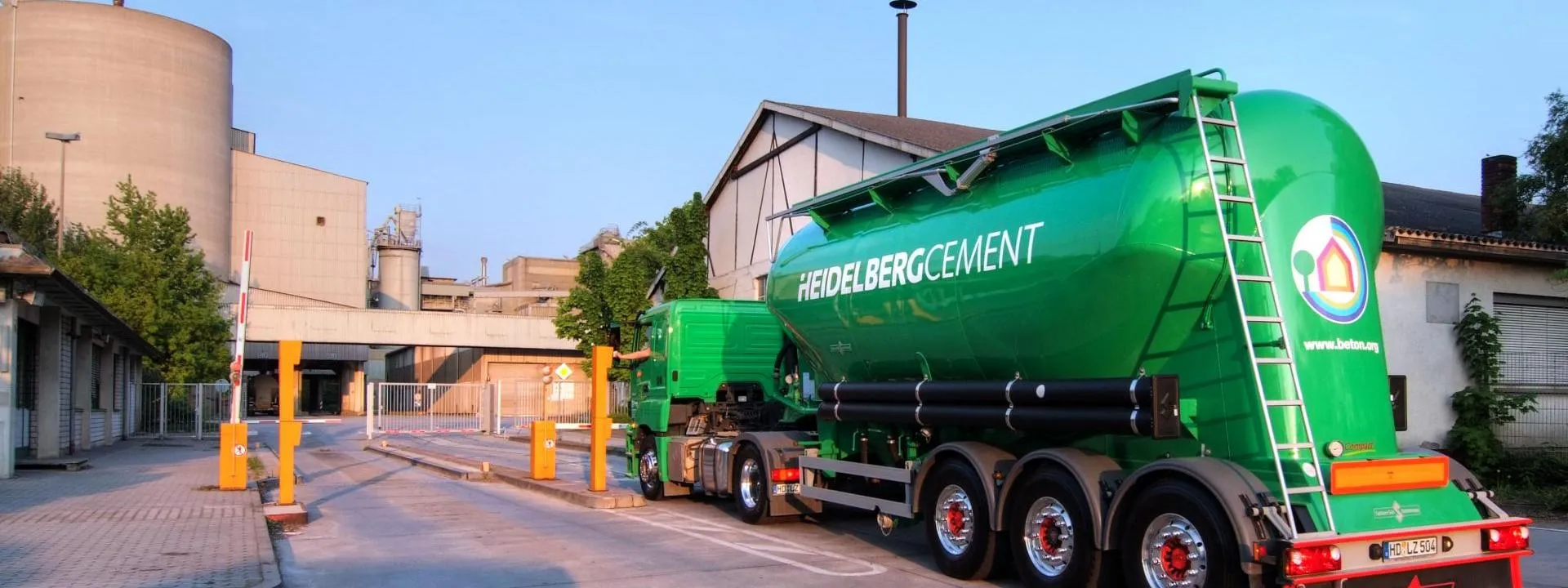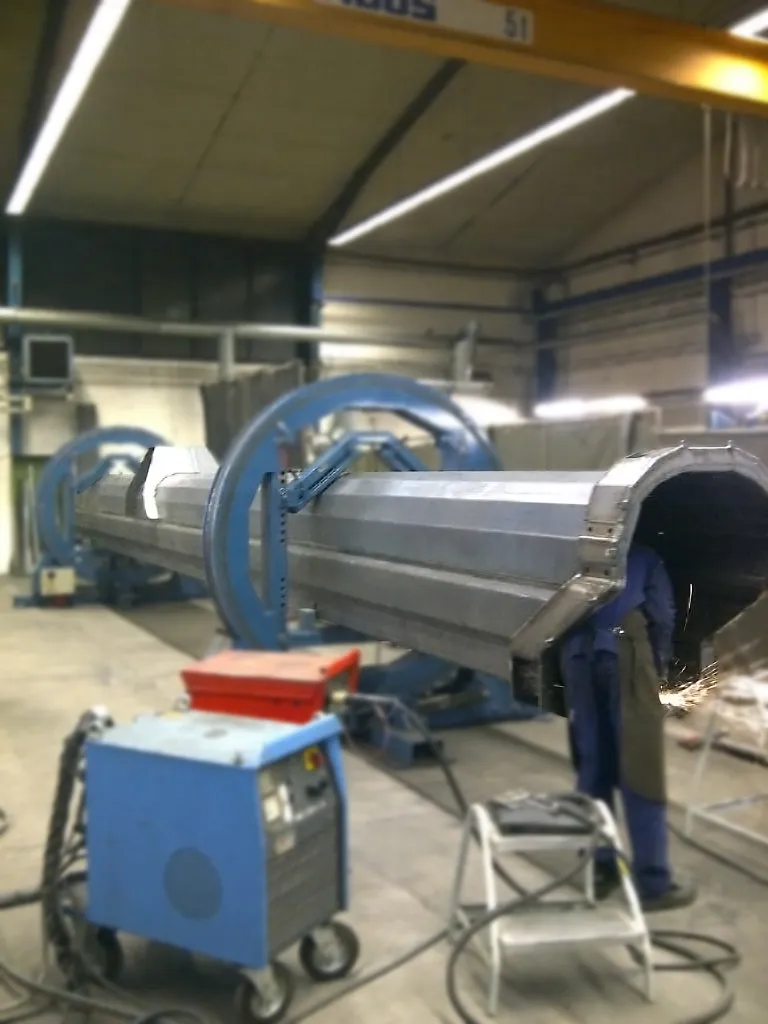
German building materials producer
The carbonised minerals could be used as a value-added additive in the production of building materials.
The three-year project, called CO2MIN, is supported by the Potsdam Institute for Advanced Sustainability Studies and the Dutch start-up Green Minerals. Germany’s Federal Ministry of Education and Research is funding the project with €3 million.
Olivine is a magnesium iron silicate - a type of nesosilicate or orthosilicate – and a common mineral in the earth's subsurface. But it weathers quickly on the surface.
Basalt is an aphanitic - fine-grained - igneous rock and the most common volcanic rock on earth with generally 45-55% silica (SiO2) and less than 10% feldspathoid by volume and where at least 65% of the rock is feldspar in the form of plagioclase. Basalt commonly features a very fine-grained or glassy matrix interspersed with visible mineral grains. The average density is 3gm/cm3.
The two natural minerals can bind CO² over their entire life-cycles. With natural absorption, it takes decades until the minerals are saturated with the greenhouse gas. The research project intends to speed up the absorption process.
If successful, carbonised minerals can be used for various product applications, according to the researchers.
The use of CO² as a raw material has high priority in the climate strategy of HeidelbergCement. "We are already reducing the CO² emissions of our plants very successfully by using alternative fuels and raw materials and by optimising the efficiency of our kilns," said Jan Theulen, director of alternative resources at HeidelbergCement.
"In order to reduce CO² emissions even further in the future, we have to develop and test new approaches. One of them is the binding of CO² by minerals.”
In the first year, researchers will investigate minerals in small-scale experiments.
The following year, carbonation of the most suitable minerals will be tested under realistic process conditions in the following year. Experiments will be conducted by the Institute of Process Metallurgy and Metal Recycling. Aachen University will do life-cycle assessments as well as analyses of economic aspects and social acceptance to complete the second year’s work.
In the third year, marketability and acceptance will be further optimised through intensive cooperation with customers.
HeidelbergCement
%$Linker:
Aachen University of Applied Sciences
%$Linker:
Potsdam Institute for Advanced Sustainability Studies
%$Linker:







